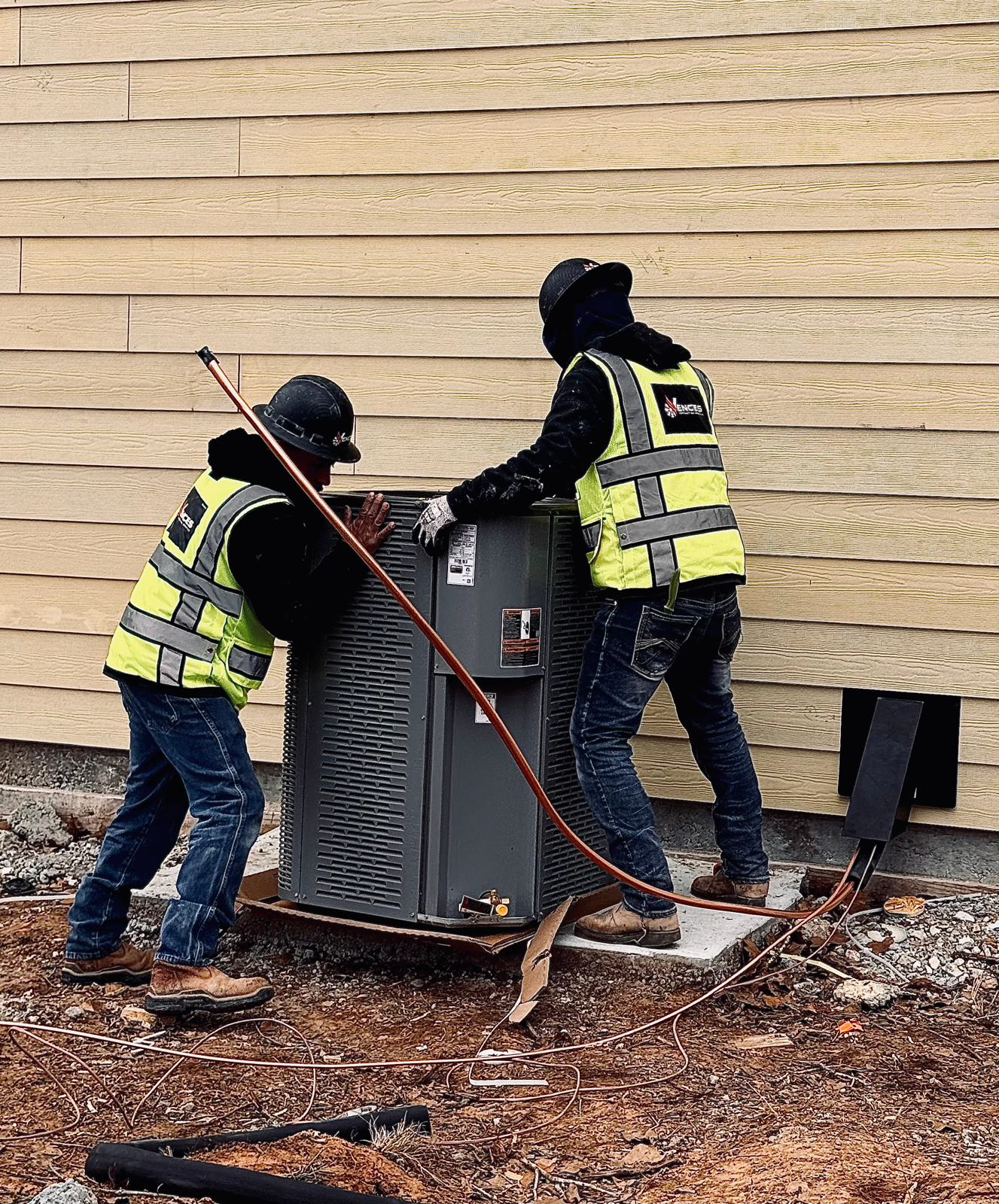When it comes to heating and cooling your home, you might come across two important HVAC components: furnaces and air handlers. While both play a crucial role in temperature control, they function in different ways and serve different purposes. Understanding the differences between a furnace and an air handler can help you choose the best system for your home.
What Is a Furnace?
A furnace is a heating system that generates warm air by burning fuel (such as natural gas, propane, or oil) or using electricity. It distributes heat through ductwork and vents to warm your home efficiently during cold weather.
What Is an Air Handler?
An air handler is a device that circulates air throughout your home and can be used for both heating and cooling. It works with an air conditioning system, a heat pump, or an electric heat kit to regulate indoor temperature and distribute conditioned air evenly.
Key Differences Between a Furnace and an Air Handler
| Feature | Furnace | Air Handler |
|---|---|---|
| Primary Function | Provides heat | Circulates air for heating or cooling |
| Heat Source | Uses gas, oil, or electricity to generate heat | Uses a heat pump or electric heat kit for heating |
| Cooling Capability | Requires a separate air conditioner for cooling | Works with both heating and cooling systems |
| Energy Efficiency | Highly efficient for heating | Can be efficient when paired with a heat pump or electric heater |
| Installation Cost | Generally lower for heating-only needs | Higher initial cost when used for both heating and cooling |
| Best Climate | Ideal for cold climates | Best for moderate or warm climates |
Pros and Cons of a Furnace
✅ Pros:
- Efficient heating in cold climates.
- Lower upfront cost compared to a full HVAC system with an air handler.
- Works independently without needing a heat pump or additional heating elements.
❌ Cons:
- No cooling capabilities; requires an additional air conditioning unit.
- Relies on fuel sources (gas, oil, or electricity), which may lead to higher energy costs depending on usage.
- Can dry out indoor air, requiring a humidifier for balance.
Pros and Cons of an Air Handler
✅ Pros:
- Works with both heating and cooling systems.
- Can provide heat using either a heat pump or an electric heat kit.
- Helps distribute air evenly for consistent temperature control.
❌ Cons:
- May not be as efficient as a furnace in extremely cold climates when using an electric heat kit.
- Higher installation costs compared to a standalone furnace.
- Electric heating elements may lead to higher energy costs if not paired with a heat pump.
Which One Is Right for Your Home?
- Choose a furnace if you live in a cold climate and need a strong, reliable heating source.
- Choose an air handler if you live in a mild or warm climate and want both heating and cooling in one system. If using an electric heat kit, ensure your home’s energy costs align with this option.
Final Thoughts
Both furnaces and air handlers serve essential roles in HVAC systems, but the right choice depends on your climate, budget, and heating and cooling needs. If you’re unsure which system works best for your home, consulting with an HVAC professional can help you make an informed decision.
Looking to upgrade your heating or cooling system? Contact us today for expert guidance and installation!




